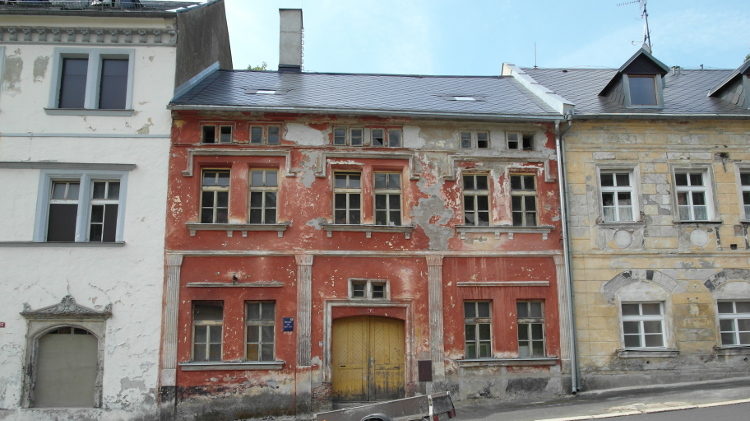Despite the size and grade of silver nuggets found in Cobalt (pictured), many of Ontario's mining men initially believed the samples were little more than freak occurrences. Courtesy of the Ontario Ministry of Northern Development and Mines
Most Canadians know about the Klondike Gold Rush, but few realize that the stampede for silver in Cobalt, Ontario only five years later far surpassed the Klondike in terms of profits, production and long-term impact. Concentrated in an area less than 13 square kilometres, Cobalt mines supplied almost 90 per cent of Canada’s silver production between 1904 and 1920 and by the time the boom petered out in the 1920s, the camp had become the fourth-largest silver producer ever discovered. The early history of hard rock mining in Ontario is essentially the story of the discovery of silver near Cobalt in 1903.
In August 1903 two J.R. Booth lumber company employees, Ernest Darragh and James McKinley, were exploring near the southeast end of a boot-shaped lake called Long Lake (Cobalt Lake) for timber suitable for railway ties for the proposed Temiskaming & Northern Ontario Railway (Ontario Northland) when the unusual colour of several rocks attracted their attention. When ore samples assayed at 4,000 ounces of silver to the ton – about twelve per cent silver – the prospectors soon became richer than they had ever dreamed. The next month, Alfred LaRose discovered rich silver outcroppings at the north end of Cobalt Lake. Provincial geologist Dr. Willet G. Miller noted that although there were “pieces of native silver as big as stove lids and cannon balls” laying about the lake, they were so tarnished that previous prospectors had overlooked them.
In October, Tom Hébert made the final discovery of the year. The lumberjack from Hull, Quebec was working for the Booth Lumber Company when he stumbled upon a rich vein on the east side of Cobalt Lake. Fearing that other workers might jump his claim, Hébert only showed his ore samples to Haileybury hotel owner Arthur Ferland. The two men subsequently established a prospecting syndicate that uncovered several other rich veins.
RELATED: Thanks to high grades and loose enforcement, ore theft was a booming industry in Cobalt
Initially, the existence of possible riches 500 kilometres north of Toronto aroused little attention. The province’s mining men believed that the high-grade samples were merely freak occurrences. At this time, mining activity in Ontario was in the doldrums and the total value of mineral production in 1902 was only slightly in excess of $13 million. When Miller spoke at the Canadian Mining Institute’s (now CIM) annual general meeting early in 1904 the Toronto News reported that his account of the resources in Cobalt aroused only “languid” interest.
Only when rail lines reached Cobalt in the fall 1904 and several mines shipped trainloads of silver south, did the general public finally begin to take an interest in the area, and within the year every available piece of land within several miles of the first discoveries was staked. The Bureau of Mines reported that the previous indifference “quickly changed to feverish anxiety for the possession of a claim.” Based on the number of prospecting licenses sold that year there were approximately 1,200 individuals scouring the area for silver.
The main reason for the renewed interest in the area was the Coniagas and Trethewey properties, discovered and developed by William G. Trethewey, a Vancouver attorney and real estate agent who enjoyed spending his summers prospecting in the Rocky Mountains. In May 1904 he was in Cobalt, when a glint among recently-blasted rock caught Trethewey’s attention. The ore in the Coniagas mine proved so rich that the initial shipments consisted almost entirely of slabs of silver stripped off the walls and disproved the prevailing impression that the silver deposits were isolated freaks of nature.
RELATED: Scheming brokers, including a famous author's son, deceived many speculators during the Cobalt silver rush
The Cobalt boom continued. First came Alexander Longwell’s discovery of the Buffalo mine. The Lawson Mining Company’s Lawson vein, which was several feet of almost pure silver, was one of the most spectacular sights in the camp and attracted sightseers from all over. By 1907 there were 29 shipping mines in operation and about 30,000 people in the area – many of them living in the newly-formed town of Cobalt.
Spreading out in all directions, prospectors discovered silver in South Lorrain, Gowganda and Elk Lake, and gold in Larder Lake, Kirkland Lake and Timmins. These discoveries encouraged further exploration in northern Canada and beyond. For the next half century, nearly every major discovery in Canada – from Noranda to Eldorado to Elliott Lake – was due to the skills and financial resources acquired at Cobalt. In the process, the foundations were laid for the establishment of an important mining industry in a part of the continent that had previously been almost unknown.
Douglas Baldwin is a retired history professor from Acadia University, Nova Scotia. This piece has been adapted from his new book, Cobalt: Canada’s Forgotten Silver Boom Town (Indigo Press, 2016).




